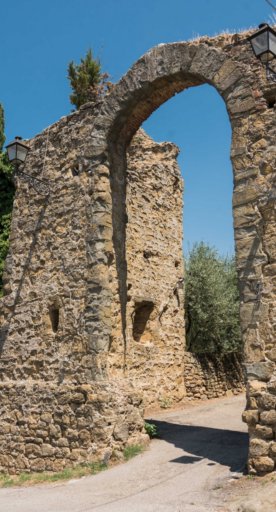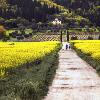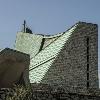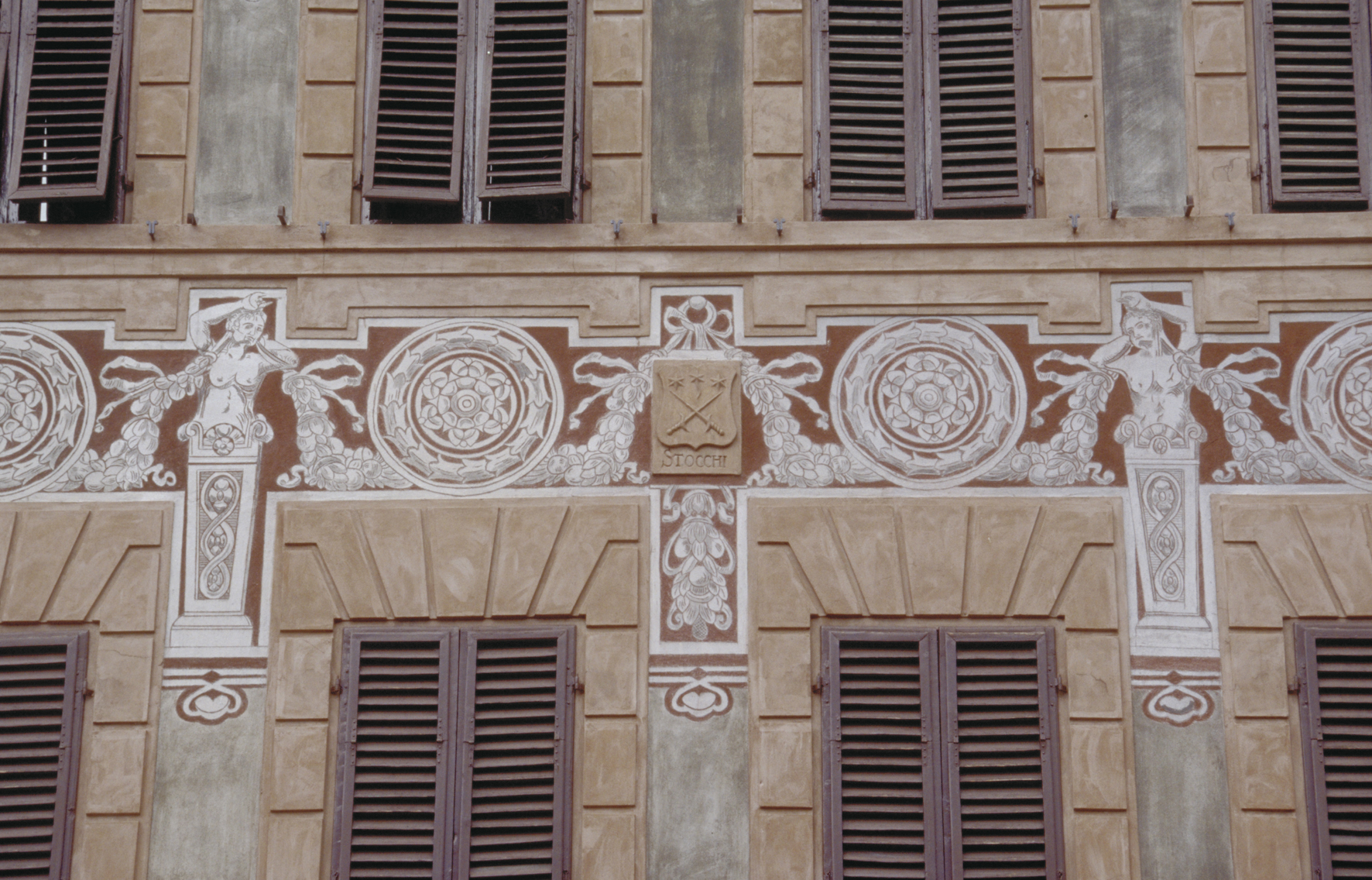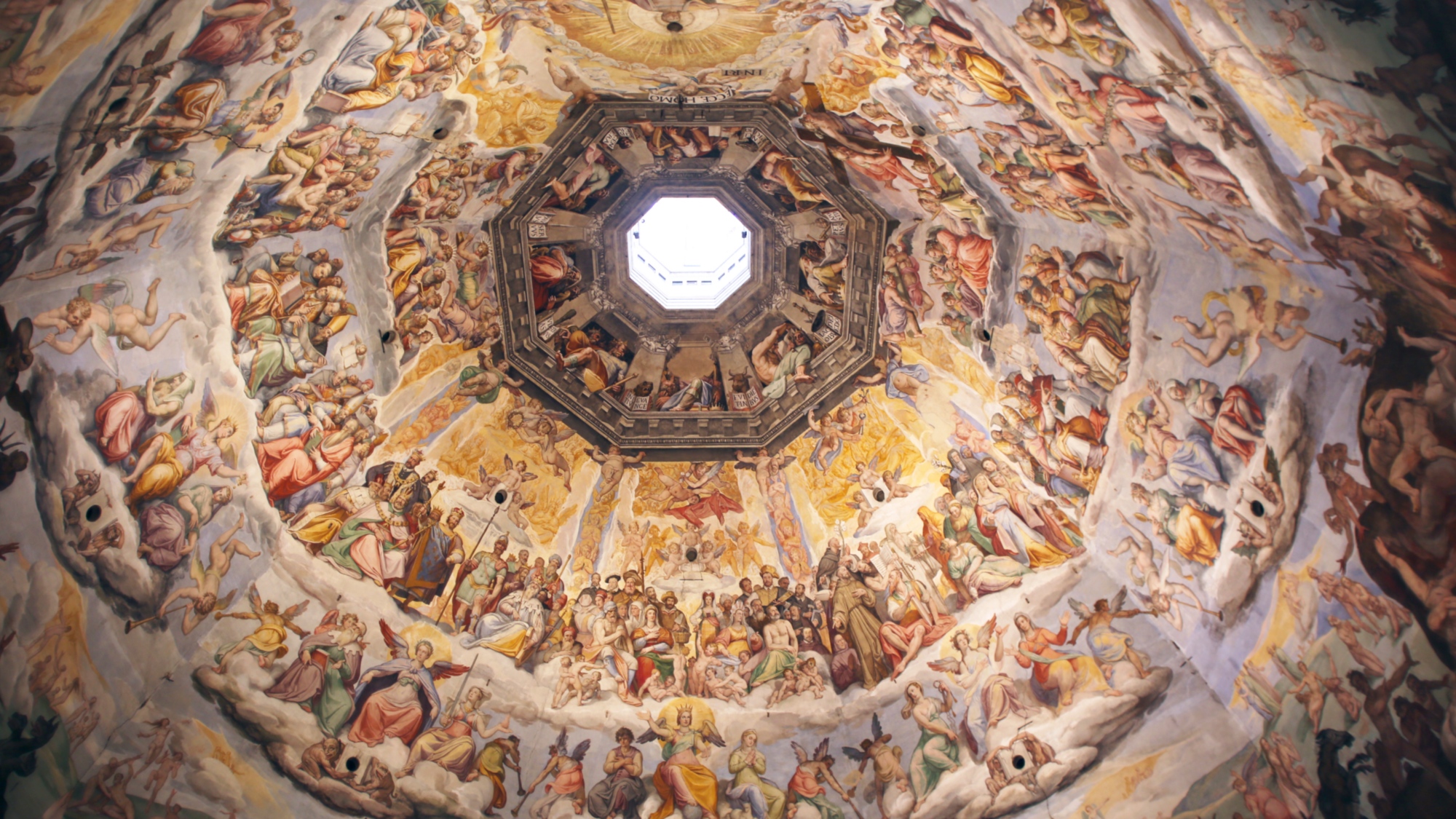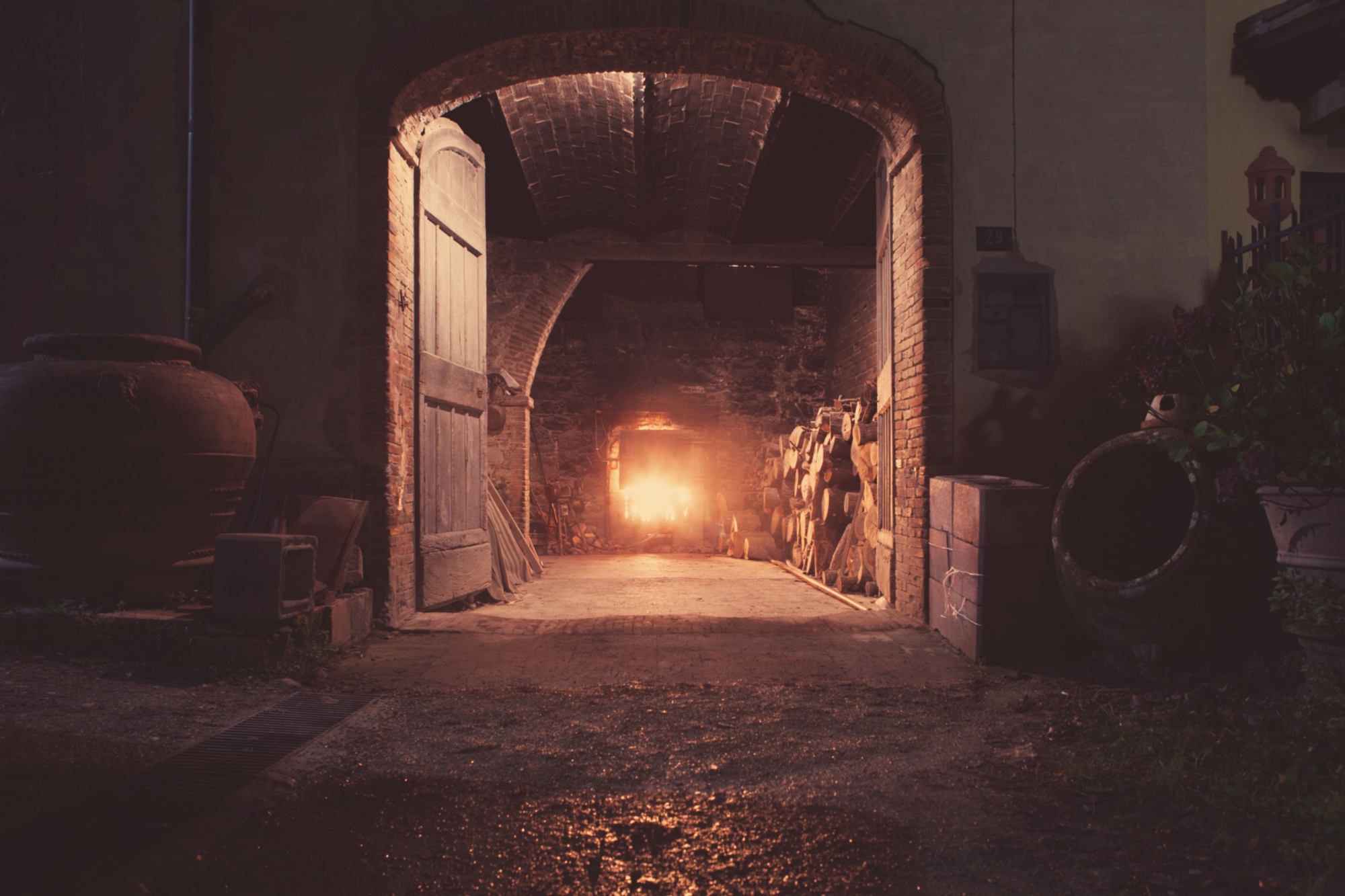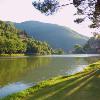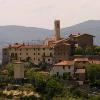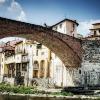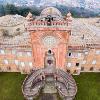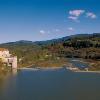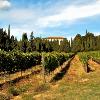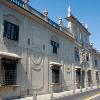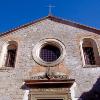The Figline and Incisa area is part of the Florentine upper Arno valley, between the Pratomagno massif and the Chianti hills. Two distinctly different towns, they are united by the beauty of a landscape that has fascinated painters and poets alike. Figline, with its Etruscan and Roman heritage, experienced huge cultural fervour during the Renaissance. This settlement dates back to 1008, when the inhabitants descended into the valley to form the Castle of Feghine. Today it is home to many sites of considerable historical interest.
Incisa is a village rich in tradition, and the charm of its medieval splendour is alive and well. During his early childhood, the poet Francesco Petrarch and his family lived here. His house, which has become a cultural centre for initiatives such as exhibitions and workshops, can still be visited today.







